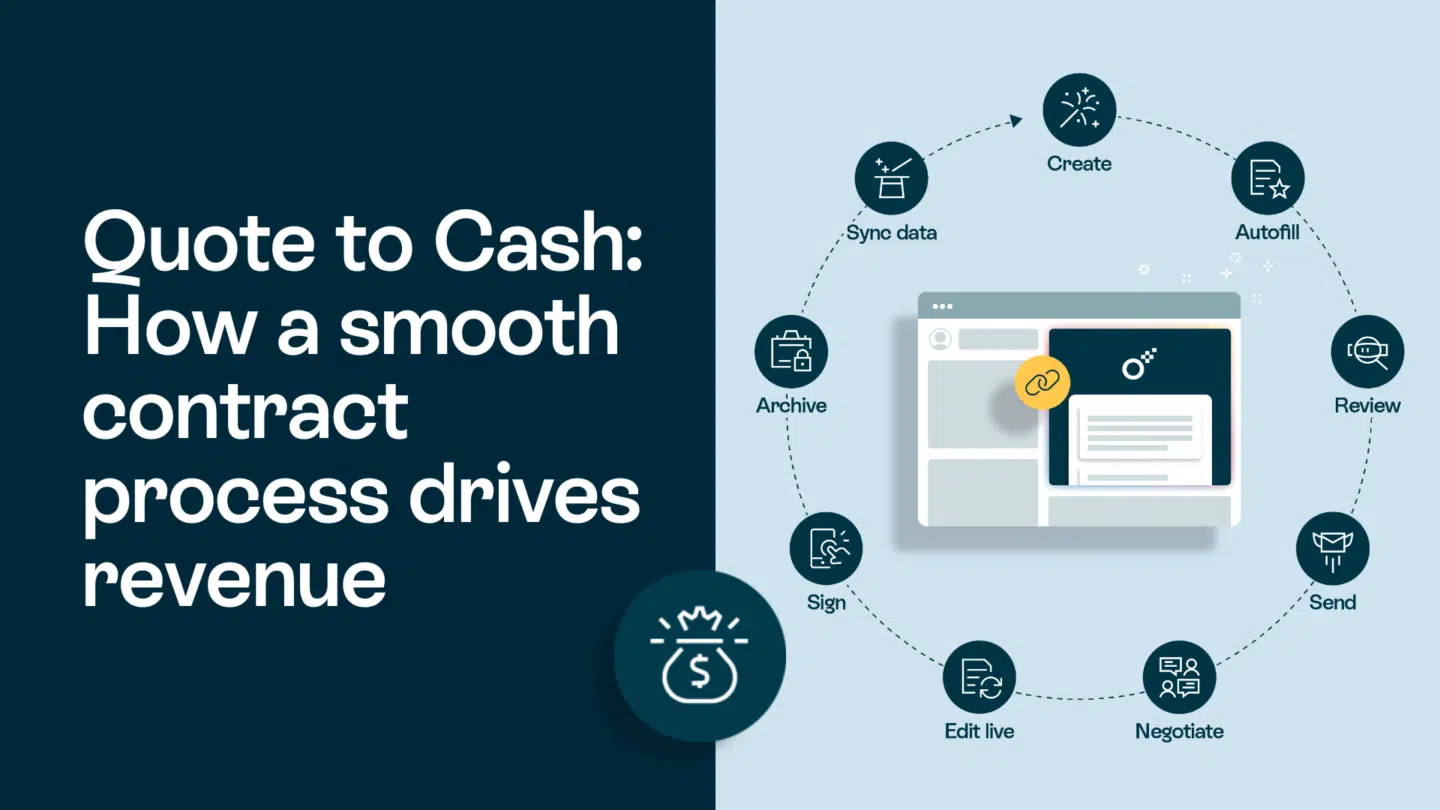When it comes to recruiting the perfect candidate for a job, there are now numerous ways to speed up and streamline things through automating the recruitment process. From pre-screening questions to hiring workflows, there are now many tools available to help HR professionals automate their talent acquisition efforts. In this article, we’re going to explore the top 5 ways of automating the recruitment process, and find the best talent for your company.
1. Pre-screening questions to maximize efficiency
Recruiting the right candidate for a job can be a daunting task. One of the most time-consuming tasks in recruitment is reviewing resumes. It can be overwhelming to go through hundreds of resumes, especially if you have a specific set of qualifications in mind. However, by automating the pre-screening process with pre-screening questions, you can save a lot of valuable time.
The pre-screening process involves setting up a questionnaire with multiple choice or open-ended questions that evaluate candidates based on their responses. This way, you will be able to quickly see if a candidate doesn’t meet the minimum qualifications for the job quickly and easily. In addition, pre-screening questions also help candidates to know better what you are looking for in terms of qualifications, skills, and previous work experience.
By using pre-screening questions, you can personalize the candidate’s experience by asking questions relevant to the specific job they’re applying for, rather than just scanning through a resume. Doing this will maximize your efficiency and enable you to focus on the best candidates for the position. Furthermore, pre-screening questions can also help you to identify candidates who are truly interested in the job.
Another benefit of using pre-screening questions is that they can help you avoid unconscious bias while automating the recruitment process. By using pre-screening questions, you can focus solely on the candidate’s qualifications, skills, and experience.
Overall, the pre-screening process is an effective way to streamline your recruitment process and ensure that you’re only considering candidates who are a good fit for the job. By setting up a well-designed questionnaire, you can save time, avoid unconscious bias, and personalize the candidate’s experience. So, if you’re looking to improve your recruitment process, consider implementing pre-screening questions today!
Read also: Flow through the recruitment process

2. Do away with phone interviews – try one-way video interviews
Phone interviews have been a staple of the hiring process for years. But, thanks to new tech, you can now move on from endless phone conversations. One-way video interviews are the new and improved way to screen potential candidates early on in the hiring process.
With one-way video interviews, candidates are given preset questions to answer in front of a camera. The video interview can be viewed later, allowing hiring managers to review each candidate at their own convenience. This eliminates the need for scheduling and conducting phone interviews, which can be a time-consuming process.
Automated video interviews can be easily scheduled and shared across teams, making the initial screening phase of the hiring process more efficient. This is especially useful when hiring for remote positions since it eliminates the need for physical presence, saving time and money in the recruiting process, making it a great way to automate the recruitment process.
One-way video interviews also provide better insights into the candidate’s personality, communication skills, and cultural fit. Hiring managers can get a better understanding of the candidate’s nonverbal cues and body language, which can be crucial in determining if they are the right fit for the company.
By automating the recruitment process with one-way video interviews, you can identify qualified candidates more efficiently and consistently. This allows you to focus more time on the most promising candidates in later stages of the hiring process, ultimately leading to a more successful and efficient recruitment process.
So, if you’re still conducting phone interviews, why not make that switch to one-way video interviews? Your recruitment process will thank you.
3. Automating translations when taking your talent search global
One of the most significant advantages of automating the recruitment process in this way is the ability to reach a broader pool of candidates. By removing language barriers, recruiters can tap into talent markets that were previously inaccessible. This can result in a more diverse and inclusive workforce, which can bring new perspectives and ideas to the table.
Instead of spending time manually translating resumes and other documents, recruiters can focus on evaluating candidates based on their skills and experience. This can lead to a more efficient and effective recruitment process, ultimately resulting in better hires. It’s worth noting that while translation automation tools are highly accurate, they aren’t always perfect. It’s still important to have a human, preferably a native speaker, review the translations to ensure that they’re accurate and convey the intended message.
However, by automating the translation process, recruiters can significantly reduce the time and effort required to communicate with candidates from around the world. As workforces continue to become more globalized, automating the recruitment process in this way will become increasingly important for recruiters looking to stay ahead of the curve.
Read also: Why Oneflow is a contract automation platform for everyone

4. Automating the recruitment process workflows
Recruitment is an essential function of any organization, and streamlining workflows in this area can profoundly impact productivity and drive efficiency. The traditional recruitment process can be time-consuming, error-prone, and inconsistent. However, automating hiring workflows can help you move away from manual processes and ensure consistency in all hiring phases.
Automated recruitment workflows enable hiring managers to create an efficient and structured hiring process, from entry-level to executive positions. This automation helps minimize errors and ensures that the recruitment process fulfills all necessary compliance requirements. Automating workflows can also offer alerts when the process is off track, such as incomplete job postings or unapproved job offers.
By automating hiring workflows, HR teams can significantly reduce manual tasks such as scheduling interviews, communicating with candidates through email, and handling multiple applications. This automation saves valuable time throughout the recruitment process and ensures that HR teams can focus on more complex hiring tasks, such as interviewing and assessing candidates.
Moreover, automating the recruitment process workflows can help organizations attract a more diverse pool of candidates. Automated job postings can be shared on multiple job boards and social media platforms, ensuring that the job reaches a broader audience. This increased visibility can help attract candidates from different backgrounds, cultures, and experiences, which can ultimately lead to a more diverse and inclusive workforce.
Automated recruitment workflows can also help organizations improve their candidate experience. By automating communication with candidates, HR teams can provide timely updates on the recruitment process, applicant tracking, answer candidate questions, and provide feedback. This automation can help create a positive candidate experience, even for candidates who are not selected for the role.
In conclusion, automating the recruitment process workflows can help organizations save time, reduce errors, ensure compliance, attract a more diverse pool of candidates, and improve the candidate experience. By adopting an automated recruitment process, organizations can create an efficient and effective hiring process that meets the needs of both the organization and the candidates.
5. Automating the recruitment process: Personalize your employment contracts
Employment contracts are a crucial aspect of any hiring process since they offer essential protection to both the employer and the employee. With automation, you can customize the employment contract templates to your organization’s needs. This customization can help save time by providing pre-filled templates and offer uniformity across the contract signed with the recruited candidates.
But how do you personalize your employment contracts to make them more effective? One way is to videos, images and even GIFs that not only show off your brand, but welcome a candidate, and even give them key details that can help kickstart their onboarding. You can find out more about it here.
Customizing job offers and contracts reduces manual work and saves time for the HR team, while e-signatures allow for seamless sharing and signing of documents, making it easier to get approvals faster. This massively reduces the overall turnaround time for the offer and acceptance stage.
Additionally, personalizing employment contracts can provide an excellent candidate experience by providing unique, tailored offers to the best-fitting candidates. By taking the time to personalize employment contracts, you can show candidates that you value their time and are committed to creating a positive work environment.
Overall, personalizing employment contracts is an essential step in the hiring process. By providing candidates with customized offers, you can increase the likelihood of attracting and retaining top talent. So, take the time to personalize your employment contracts and watch your recruitment efforts soar.
The key takeaways
By automating the recruitment process, HR professionals can improve their recruiting process by saving precious time and boosting efficiency, allowing them to focus on finding the best talent. From pre-screening questions to personalizing employment contracts, automating the recruitment process provides many benefits. By implementing these 5 strategies for automating the recruitment process, HR teams can streamline workflow processes and create a more seamless hiring experience for potential candidates.







